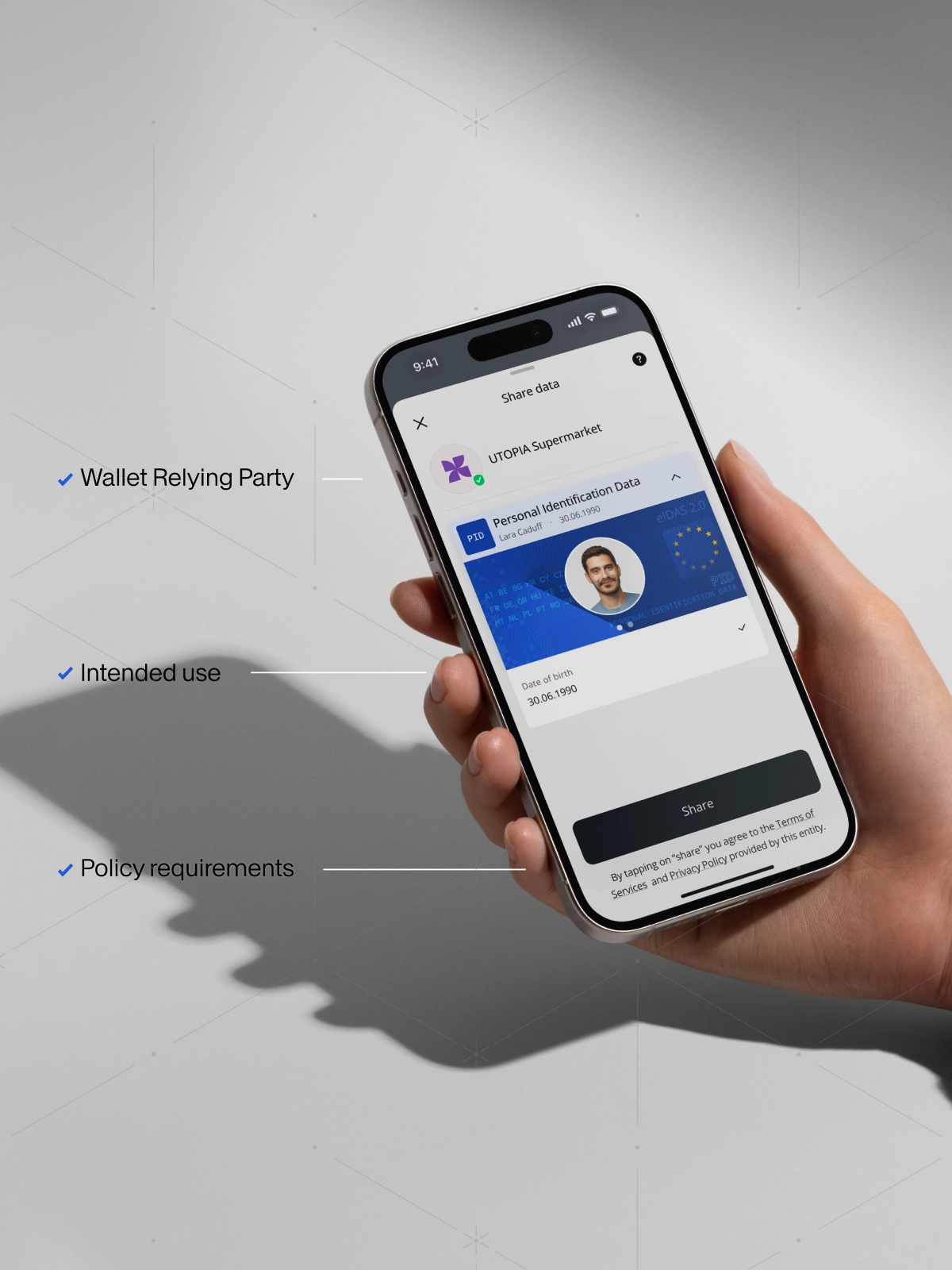Increased pressure on governments worldwide
In a period of decelerating economic growth and rapidly ageing populations, governments all around the globe find themselves under pressure to cut costs while at the same time providing the same or better levels of services to their citizens.
Many administrations had to resort to unpopular measures in order to meet these difficult demands. The French government for example decided to freeze pensions, cut state spending and increase taxes on fuel and tobacco to bring its budget deficit within the 3% of GDP mandated by the EU. All these measures come at great cost to the citizens bearing them. In some cases, they resulted in large scale protests and calls for incumbent governments to step down. In search of more popular ways to increase cost efficiency, public administrations are turning towards what has already been proven to work extraordinarily well in the private sector: digitization.
Digitization: a tried and proven tool for increasing efficiency
Since the 1990’s, digitization of business processes has been an unstoppable trend in the private sector. Even sensitive business areas such as banking or insurance can now be handled without the need for the customer to visit a physical location of the service provider. Relieving bank tellers and insurance brokers from mundane tasks freed them up to provide better customer service to clients facing more complex issues. Furthermore, digitization and the connected progress in automation, opened unprecedented possibilities for customization of both products and services. No longer can you have your car in “any color as long as it is black” but you can choose everything from the color of your seats to the accent of your built-in driving assistant.
The public sector in many countries has been lagging behind in making effective use of the new opportunities digitization has to offer. The causes for this are manifold, ranging from the lack of a political mandate to missing technology expertise. Whatever the reason, it is clear that countries which recognize and act upon the opportunity of digital transformation will benefit of a long-term competitive advantage both financially and in terms of attractiveness to citizens and businesses interacting with the public administration. Becoming digital as a state, however, is not a one-day undertaking. It requires in particular the establishment of a digital infrastructure.
Digital identities: the foundation of trustful online interactions
The same way traditional government services by mail and in person relied on postal networks, roads and public transportation, digital government services also require the existence of basic infrastructure. One of the foundational pillars of this infrastructure are digital identities. A digital identity is the bits and bytes equivalent of a physical passport or ID card. It allows individuals to reliably prove their identity in an online context. This makes it possible for citizens to access services through the internet which previously were only available offline. For example, in order to file taxes, submit a claim for social security benefits or register a marriage, citizens have to be able to unequivocally prove their identity to prevent fraud and abuse. Thanks to advanced cryptographic technology it is possible today to reliably identify people without the need for their physical presence. Digital identities therefore remove existing limitations on services which require identification, making them accessible anytime from anywhere. As such, digital identities make public service provision more efficient in three important ways:
One, by making the existing provision of services more efficient and thus cost effective. This allows for the provision of the same or better services at lower cost. For example, Estonia saves 11,000 working days per election through internet-based voting (iVoting) [1] because there is no more need to manually print, mail and count ballots.
Beyond reduction of cost, digital identities can help reduce fraud in a wide range of transactions, from decreased payroll fraud in worker interactions to reduced identity fraud in consumer, taxpayer and beneficiary interactions. It is estimated that through digital means of distribution the United States could reduce leakage in public benefits by $56 bn by 2030. [1]
Lastly, digital identities contribute to economic growth by lowering the financial and physical barrier for the inclusion of previously excluded societal groups, e.g. remote locations with limited public infrastructure. For example, 309 million new bank accounts were opened in India owing to the reduced KYC costs made possible through digital identities. This is crucial for formalizing the shadow economy, which in some countries constitutes up to 65% of GDP. [1] Formalizing these sectors will amongst other advantages such as better labor law protection also lead to an expanded tax base for the state.
Economic benefits waiting to be unlocked
Based on the potential efficiency gains, McKinsey estimates that digital identity systems can help achieve in 3% of economic value equivalent of GDP in developed and up to 6% in developing economies. For Germany with a current GDP of approx. $ 3.6 tn this would be an equivalent of more than $ 108 bn per year. These resources can be used to tackle some of the most pressing issues including public pension deficits or infrastructure renewal projects.
Digitization is a reality of today’s world. By embracing the rapid technological change, governments can reap significant economic and social benefits for their citizens and live up to the expectations of providing better services at lower cost to tax payers.
Would you like to learn more about how you can use digital identities to make your public administration more efficient? Reach out to us and let our eGovernment experts advise you on potential use cases.
Sources






